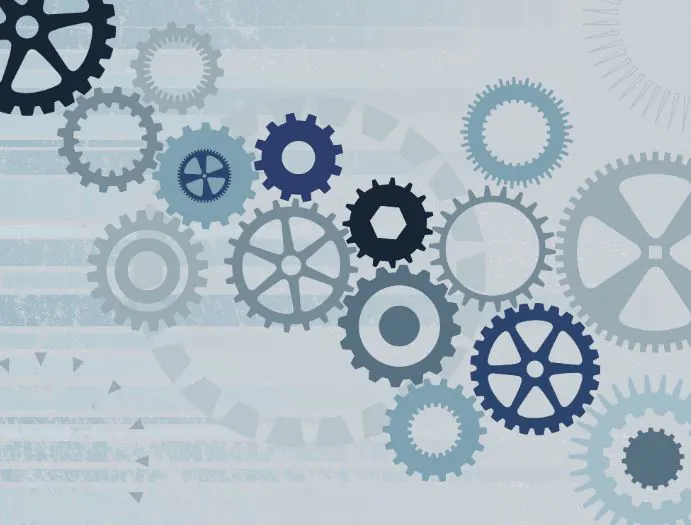A new study has found that deploying 5G wireless speeds in the United States will cost between USD 130-150 billion in fibre optic cabling alone over the next 5 to 7 years. The US will have to substantially increase its investments in deep fibre in order for the country to meet its 5G potential and take full advantage of the opportunities that this advancement will offer.
What is 5G technology?
5G (which stands for fifth-generation) is already being rumoured to be a huge societal and technological game changer when it’s finally introduced in 2020. 5G speed is expected to be at least 100 times faster than 4G, as well as significantly more powerful and more efficient. 5G would make downloading large amounts of media or documents much faster—some estimates say that this could be accomplished in a matter of milliseconds. It will also improve streaming, playing online games, accessing medical IT services, and connecting other forms of technology.
According to the Groupe Speciale Mobile Association (GSMA), a 5G connection should meet most or all of these 8 criteria:
- 1-10 Gpbs connections to end points in the field
- 1 millisecond end-to-end round trip delay
- 1000x bandwidth per unit area
- 1-100x number of connected devices
- (Perception of) 99.999 percent availability
- (Perception of) 100 percent coverage
- 90 percent reduction in network energy usage
- Up to ten-year battery life for low power, machine-type devices
What needs to change before the US implements 5G internet and connections?
The US will have to heavily invest in deep fibre in order to make 5G connections as widely available as possible. The study says, “Increased speed and capacity from 5G will rely on higher radio frequencies and greater network densification (i.e., increasing the number and concentration of cell sites and access points). Carriers will deploy many more small cells, “homespots,” and hotspots in higher frequency bands, with a coverage radius measured in meters rather than kilometers.” Without proper implementation and sufficient amounts of deep fiber, carriers won’t be able to support the heavy increase in mobile data traffic that is expected over the next four years.
Additionally, mobile phone providers, and businesses across the US will need to ensure that their own infrastructure is capable of supporting 5G. Providers will also need to increase connectivity before the technology arrives in order to test and improve their capacity. For some providers, preparing for this transition will mean building new wireless networks altogether.
According to Deloitte’s study, there is a lot of work to be done: fiber currently passes less than one third of homes in the U.S. Significant advancements need to be made for the United States to fully profit and benefit from this technology as a whole.
Thousands of the world’s leading electronics companies can be in your contact list if you join 91��Ƭ�� today. Whether you are looking for reliable suppliers, top manufacturers, wholesalers, or potential customers in over 70 countries, or want to find out what your competitors are buying and which suppliers they’re using, 91��Ƭ�� can help you reach out to sales prospects and decision-makers across the globe.



